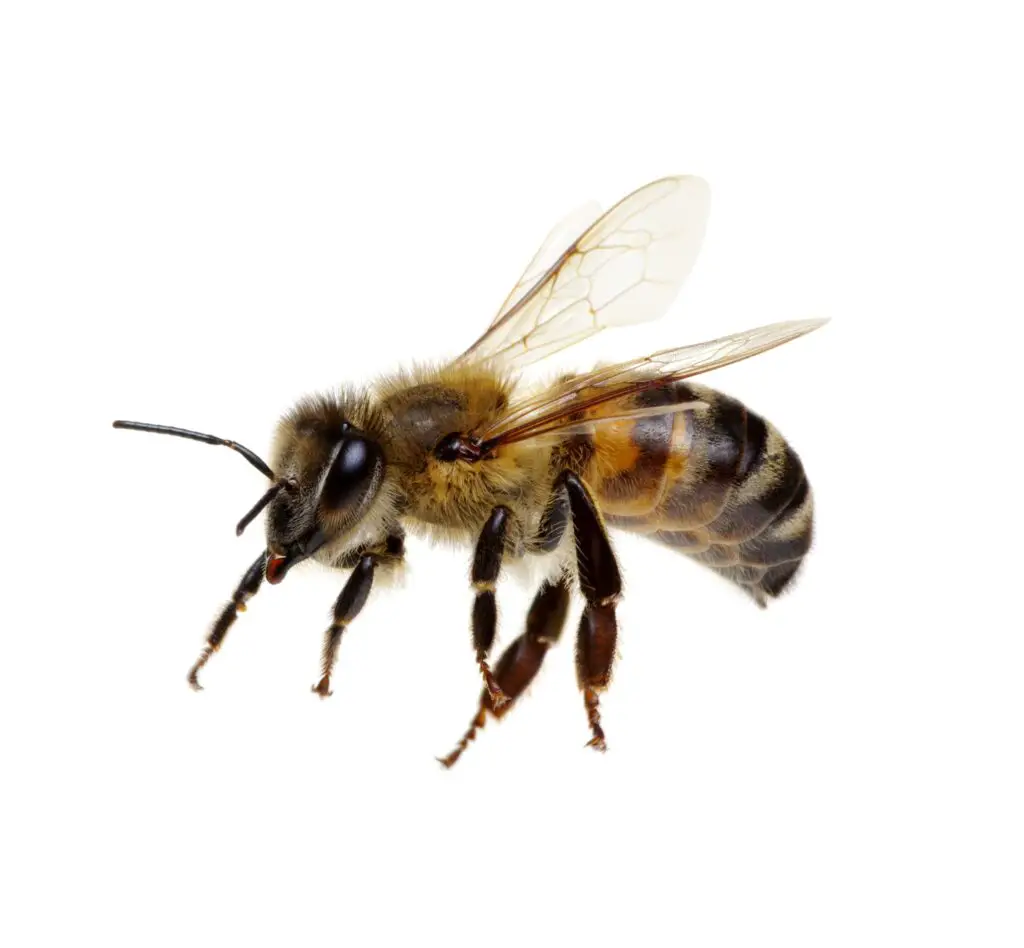If you are going to hold a catfish and do not know how to do that, you might fear getting stung by the catfish. However, is it even possible for catfish to sting humans?
Technically, a catfish does not have a stinger, but it can sting you due to its sharp fins. The sting is usually because the human disrupted the fish because catfish is a peaceful fish. However, when you get stung, treating it as soon as possible is important before it becomes a more serious infection. It is very easy not to get stung by a catfish by just holding the fish properly.
Will Catfish Sting a Person?
A catfish will not actively seek a person to sting them because they do not have stingers that can attack people. Not to mention, catfish are very peaceful and will not attack anyone unless they have been threatened. If a person has been stung by a catfish, it will be because they accidentally stepped on the catfish or were trying to catch it. Holding a catfish incorrectly will cause you to get stung or pricked by its fins.
This could be because the catfish is trying to protect itself or because you accidentally touched its fins, resulting in you getting hurt. It will usually be by smaller catfish that have sharper fins. As the size of the catfish increases, their fins get less and less sharp. This can, however, easily be avoided if you hold it properly or are careful when in the water.

How Does a Catfish Sting?
As mentioned above, a catfish does not have a stinger, so how does it sting a person? Well, it is because of their sharp fins. Many people mistake sharp fins for a stinger, but it is important to know that it is not the same thing.
These fins are located behind the head on each side of the fish as well as on the top of the fish behind the head. They are called pectoral and dorsal fins. Interestingly, the fins are pretty soft and harmless from the back, but the hard spine is present at the front of the fin. These fins are pointier, almost like a needle, and they can prick skin, especially a finger.
People assume that the barbels of catfish act as stringers, but that is not true at all. The barbels or whiskers of catfish are like the whiskers of dogs and cats, completely harmless. If you touch them, you will not get hurt at all, but they are sensitive, so should not be touched, especially if you will let the catfish go after catching it.
Usually, only small fish have pointy enough fins that can sting a person. A big fish has blunt fins that do not harm a human. A person needs to be more careful when handling smaller catfish, like channel catfish.
Is a Catfish Sting Harmful?
If you do get pricked by the pectoral or dorsal fin of the catfish, it is important to get medical attention as soon as possible or clean the wound at home. This is because most catfish fins have venom on it, which can cause problems.
The venom can cause swelling and bleeding in the area at least. Even if there is no venom on the fin of the catfish, it can still puncture the skin. In the worst-case scenario, this can cause an infection. This is because catfish fins might not be the cleanest, and if you touch bacteria-infected objects, the bacteria can enter the injury and cause a serious infection.
In some cases, severe tissue necrosis may also occur. The severity is determined by the hemolytic, dermonecrotic, edema-promoting, vasospastic, and lethal components of venom and skin toxins. Therefore, it is very important to hold the catfish properly and avoid being a threat to the fish in the water, or else it can result in serious injury when you do get hurt by the fins. At the minimum you need to thoroughly clean the area and get medical assistance, if the area is not doing well.
How to hold catfish properly?
The first step to avoiding getting stung by catfish is to hold it properly. You should do this in a way that the fins of the fish will not be in the way. You need to be careful with smaller fish that have pointed fins. Below is how to hold smaller catfish that pose a threat. Most problems occur when you are releasing the fish or if you cannot hold the fish firmly enough and are hesitating.
Holding with hand
To hold a small fish of about two to three pounds, you can simply hold it from the middle. Hold the fish from the top, avoiding the fins. The space between the thumb finger and the forefinger should be occupied by the dorsal fin in a way that it cannot harm you.
If that is hard, you can also hold the fish in another way. In this method, you again hold the fish from the top but make sure your whole hand is in front of the dorsal fin but behind the pectoral fin. Basically, the hand should be gripping the space between the two fins tightly.
You should also have wet gloves that will somewhat protect your hand. If the fin is sharp, it will probably pass through the glove, but it can be helpful if the fin is not as sharp. The gloves can give an extra layer of protection. You need to also be mindful to make sure you do not injure the gills of the catfish in the process.
Using catfish gripper
A fish gripper allows you to hold the fish without really touching it. A beginner should start with this until they get comfortable enough to hold the catfish. These lip grips will hold the catfish from the lip of the catfish. You cannot use this with a very big fish because it will be too heavy to lift with the grip. It cannot be used with a too small fish because the grip will not fit the fish. Therefore, they only work for medium-sized fish, up to seven to eight pounds.
If the fish is very small, you can use pliers to hold them from the top of the dorsal fin. There are many ways to hold a catfish without touching it, but the thrill of fishing is holding the fish by hand, so after practice, you can try that as well.
Releasing the catfish
It is important to release the fish properly too. Many people often get hurt while trying to get the fish back into the water or into a cooler. Trying to throw the fish into the water or wherever is never a good idea. While trying to throw it, there is more chance of you getting a cut due to their sharp fins. Therefore, it is best to drop the fish simply; this is much simpler and safer. Make sure not to hesitate and just drop the catfish, so it does not try to move on its own and cut you. You can also place the fish back in the water while maintaining an appropriate grip and let the fish go quickly while removing your hand.
Symptoms of Catfish Sting
The symptoms of catfish sting vary from person to person, depending on the severity of the incident. If it is a simple prick, there is not much to worry about, but the symptoms can worsen. If the fin of the fish stays inside your hand or finger, it will cause infection, so it is important to remove it as soon as possible.
If it is a simple cut, you generally do not need to go to the doctor and can treat it at home. With a cut, you might also notice swelling of the area. This should disappear within a few minutes, and if not, there might be an infection. Always use your best judgement in this scenario because some cuts could be worse than others.
However, if the skin is punctured by the fin badly and if the fin of the catfish is within the skin, you will need medical treatment. If the wound is not healing and there is worsening erythema, swelling, pain, or cyanosis in the wound, it is best to go to the doctor as soon as possible.
Treatment for catfish sting
You can either try to treat the sting at home or go to a doctor. There are many ways to treat the sting, so it does not get dangerous. Here is the treatment that you can follow at home and what you can expect at the doctor.
At the doctor
If the cut is simple, they may simply disinfect it and bandage it up properly, but if it is severe, you will get a longer treatment, as determined by your doctor for the proper course of action. However, most people choose to treat this at home, although it is better to get medical attention to prevent worsening of the wound.
At the house
If you do not want medical attention, here are the steps you should follow at home for temporary treatment. At one point, you may need to go to the doctor to make sure it does not get worse.
-
- Soak the part of the hand that has been strung inside hot water to relieve pain
-
- After a few minutes, when the pain has subsided, make sure to check the wound and remove any fragments of the fins with the help of the tweezers.
-
- Now, the wound needs to be cleaned with fresh water
-
- The wound should not be sewn or taped, and it needs to be kept open, so it heals properly
-
- If the pain is not relieved, pain medicine while the area is healing.
Conclusion
The catfish does not sting because it does not have a stinger, but the fins can make it seem like you got stung. If you have been fishing for catfish for a long time, you are bound to get pricked by the fins of the catfish. The fins of smaller catfish are more of a problem as they are sharper. Most catfish fins also have venom on them, so it is very important to clean the wound and treat it properly. This can include going to the doctor for treatment, if needed.










